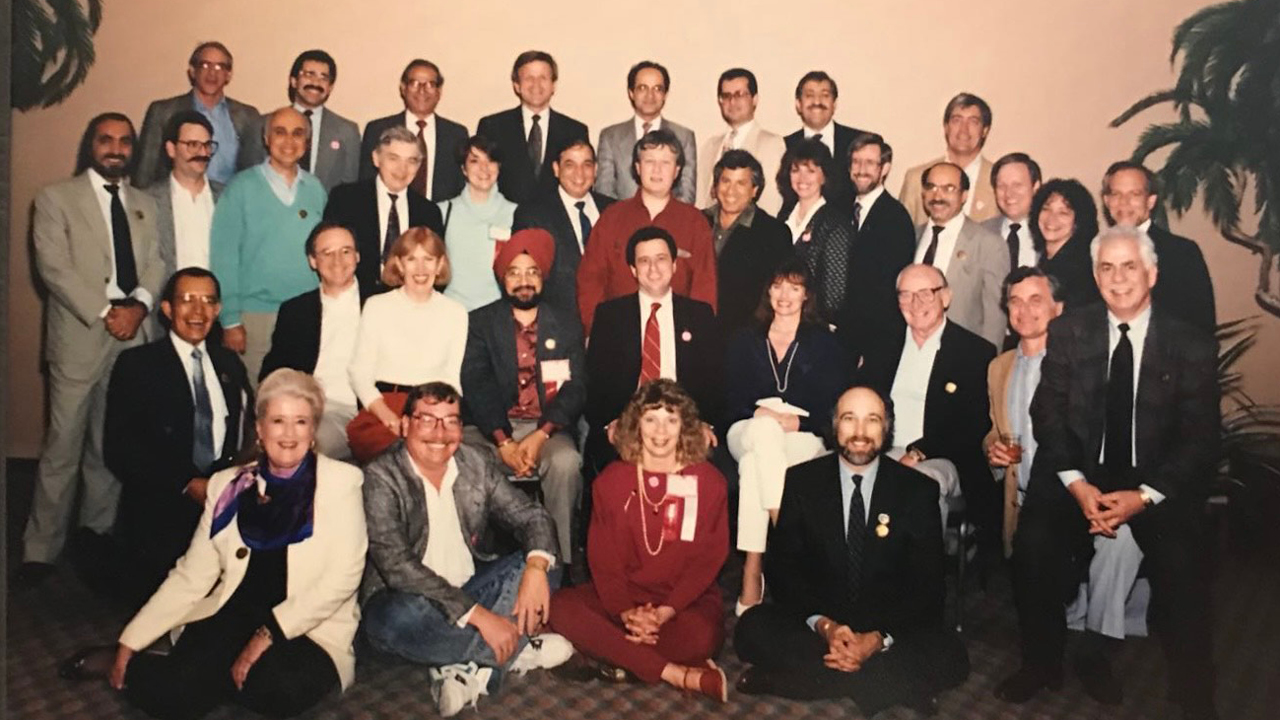Founded in 1981, the American Gem Trade Association (AGTA) stands as an indomitable pillar of ethical conduct and industry transformation in the realm of colored gemstones. For over four decades, AGTA’s relentless pursuit of uncompromising standards has woven ethics into the very fabric of its existence. This refined commitment to ethical conduct has perpetually shaped the gemstone industry, elevating its practices and safeguarding the interests of consumers.
AGTA’s prestigious gem show in Tucson has remained an influential platform for spreading knowledge and insight since its inauguration in 1982. The show has not merely refreshed the perspectives of jewelers and traders, but has disseminated information concerning gemstone treatments, polishing techniques, inherent issues, and import/export regulations. It is this dedication to enlightenment that has earned AGTA the endorsement of the esteemed Arizona Jewelers Association.
AGTA dealers, functioning as the gatekeepers of the gemstone industry, filter gemstone treatments before they reach the broader market. They also serve as the vanguards in introducing novel products to gem laboratories for analysis. Consequently, they are the first to explore and engage with groundbreaking gem materials from across the globe, often preceding even the most well-regarded laboratories.
The pivotal year of 1982 also witnessed the inception of AGTA’s grievance committee, where members could lodge complaints against other members’ business practices or conduct. It is a testament to AGTA’s dedication to moral integrity that its companies’ harshest critics often come from within its own ranks.
In 1983, AGTA established its Code of Ethics, which it subsequently revised in 1997. This code has recently undergone yet another revision, and its contents are now accessible to every industry stakeholder. Significantly, AGTA is the sole industry association mandating annual adherence to its Code of Ethics, an unparalleled commitment to ethical conduct.
AGTA further solidified its influence by introducing the Spectrum design competition in 1984, followed by the prestigious Cutting Edge Awards for loose gemstones in 1991. These initiatives have consistently celebrated and spotlighted the pinnacle of American excellence in the gemstone industry.
In 1985, AGTA authored the groundbreaking Gemstone Enhancement Manual, disseminating it to the trade and later worldwide. Prior to AGTA’s pioneering efforts, only a few labs disclosed treatments or enhancements in their reports.
Recognizing the paramount importance of provenance, AGTA advocated documenting gemstones’ origins in lab reports whenever feasible. The organization’s influence extended to the Gemological Institute of America (GIA): AGTA delineated the nuanced distinctions between a fracture and a fissure, a position GIA astutely embraced.
The Industry Rules Committee, which AGTA instituted in 1985, addressed gemological complexities and embarked on crucial dialogues with laboratories. These dialogues aimed to bring coherence to nomenclature issues, facilitating understanding for end users and establishing universal standards.
That same year, the committee set forth stringent rules pertaining to memorandums and invoices — for example, prescribing the swift return of gemstone owners’ memo property on request, within 48 hours. AGTA’s pioneering spirit found further expression in developing and implementing disclosure codes as part of the Industry Rules. The association has served as a guardian for consumers by ensuring transparency in gemstone treatments and enhancements.
Being at the forefront of implementing disclosure codes in 1985 — even before most labs — AGTA established the ethical standard for the industry and worked to ensure adherence to Federal Trade Commission (FTC) guidelines. Its influence rippled to Washington, DC, where AGTA engaged with the Nuclear Regulatory Commission (NRC) in 1986 to scrutinize blue topaz. The NRC later investigated blue topaz on display at the Tucson show and vouched for the industry’s compliance with radiation standards.
In 1998, the trade body unveiled the AGTA Gemological Testing Center, which operated for over a decade. In 2002, AGTA undertook the task of developing the Tanzanite Protocols, a pioneering effort inspired by the Kimberley Process, to ensure that the tanzanite trade did not inadvertently fund terrorism.
Throughout the first half of AGTA’s existence, the association has proven time and time again that it stands at the forefront of protecting the industry, from the mine to the consumer.
Who Is Bruce Bridges?
Immersed in the gem industry since childhood, Bruce Bridges is the son of Campbell Bridges, who discovered the green variety of garnet known as tsavorite and introduced tanzanite to the US. Based in Kenya and with an office in the States, Bruce is President of Bridges Tsavorite, which spans mining, sorting, grading, cutting, marketing and sales.
Main image: American Gem Trade Association (AGTA) members in 1991. (AGTA)
This article is from the November-December 2023 issue of Rapaport Magazine. View other articles here.
Stay up to date by signing up for our diamond and jewelry industry news and analysis.




